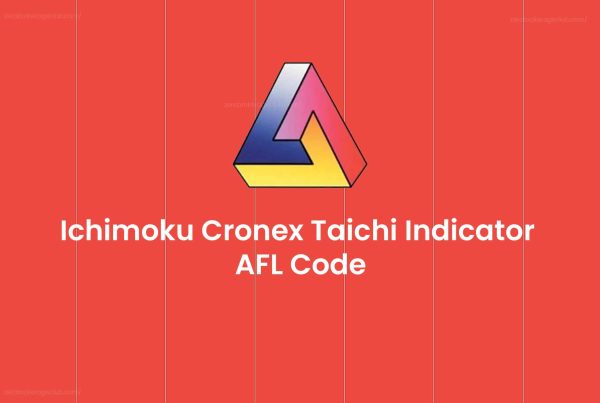Intraday trading, also known as day trading, involves buying and selling stocks within the same trading day. It’s a high-risk, high-reward strategy that requires careful stock selection. So, how do you pick the right stocks for intraday trading? We’ve got you covered with some simple yet effective tips.
Read Also: Unlocking Intraday Trading Success
1. Focus on High Liquidity to Pick Stocks for Intraday Trading
Liquidity is key in intraday trading. Look for stocks with high trading volumes, as they allow for easier entry and exit positions. Stocks with low liquidity can lead to price manipulation and unexpected price gaps.
2. Volatility is Your Friend
Intraday traders thrive on price fluctuations. Seek out stocks known for their volatility. These tend to have larger price swings within a day, providing opportunities for quick profits. Keep an eye on recent news and events that could impact stock volatility.
3. Technical Analysis Matters
Technical analysis involves studying stock charts and patterns. Learn to read candlestick charts, moving averages, and other technical indicators. These tools can help you identify entry and exit points with greater accuracy.
4. Set Clear Entry and Exit Points
Before entering a trade, establish clear entry and exit points. Stick to your plan, even if emotions try to sway you. Having predefined stop-loss and take-profit levels helps manage risk.
5. Stay Informed
Stay updated with financial news and market trends. News can have a significant impact on stock prices. Be aware of earnings reports, economic data releases, and geopolitical events that might influence the market.
6. Use Stop-Loss Orders
Protect your capital with stop-loss orders. These automatically sell a stock when it reaches a predetermined price, limiting potential losses.
7. Practice with Paper Trading
If you’re new to intraday trading, consider practicing with a paper trading account. This allows you to simulate trades without risking real money.
Sources
- Kotak Securities – How to Select Stocks for Intraday Trading
- Square Off – How to Select Stocks for Intraday Trading
- ShoutMeLoud – How To Write SEO Friendly Content
- Search Engine Journal – SEO Writing: Top 42 Tips To Master A Combined Art
Picking stocks for intraday trading requires a combination of research, analysis, and discipline. By following these tips and staying informed, you can increase your chances of success in this fast-paced trading strategy. Remember, practice and continuous learning are key to becoming a proficient intraday trader.




